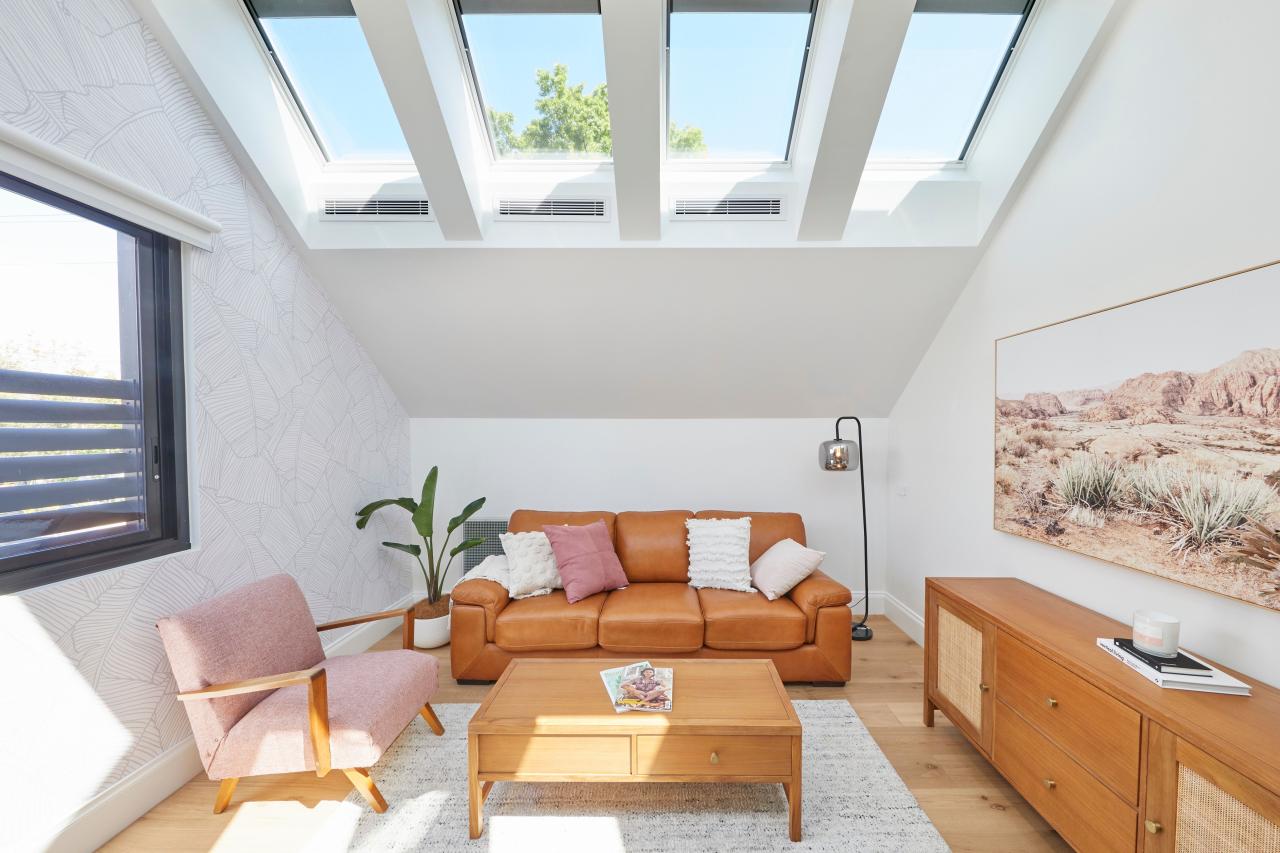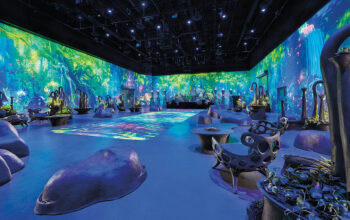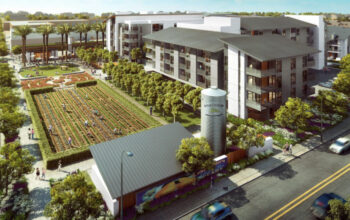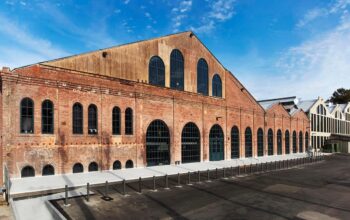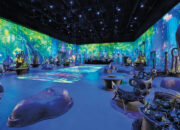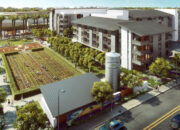In the world of interior design and architecture, few elements are as transformative and universally desired as natural light. It is not merely a source of illumination; it is a fundamental tool that influences our mood, health, and the very perception of a space. A room flooded with sunlight feels more expansive, welcoming, and vibrant, while a dimly lit space can feel cramped and oppressive. Designing for natural light is a sophisticated art that goes far beyond simply adding more windows. It involves a strategic understanding of a building’s orientation, the interplay of materials, and the psychological impact of light and shadow. This comprehensive guide will take you on a journey to explore the profound benefits of natural light and provide an in-depth, actionable blueprint for maximizing its presence in any environment, from a residential home to a bustling office. We will delve into the principles of architectural design, the latest innovations in materials, and the practical steps you can take to harness the power of the sun.
The Science and Psychology of Natural Light
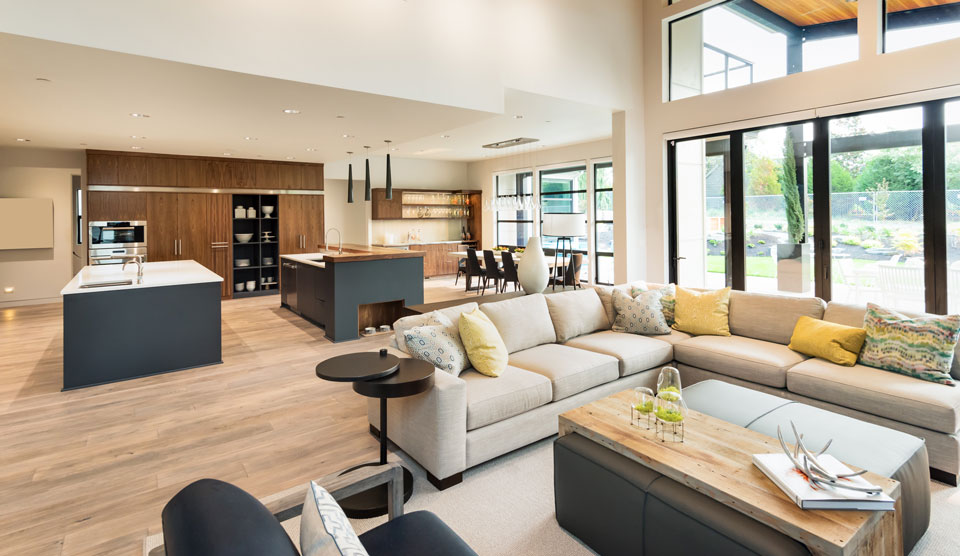
The appeal of natural light is deeply rooted in our biology and psychology. Our bodies and minds are intrinsically linked to the cycles of the sun, and exposure to daylight has a measurable impact on our well-being.
A. The Impact on Human Health
Our bodies rely on natural light to regulate our internal clocks, known as the circadian rhythm. This rhythm governs crucial biological processes, including sleep, hormone production, and metabolism.
- Improved Sleep Quality: Exposure to bright daylight during the day helps reinforce our circadian rhythm, signaling to our bodies when to be alert and when to prepare for sleep. This leads to deeper, more restorative sleep at night.
- Mental Well-Being: Studies have shown a strong link between natural light exposure and a reduction in symptoms of depression and anxiety. Bright light therapy is a common treatment for Seasonal Affective Disorder (SAD), a condition that affects many people during the darker winter months.
- Enhanced Productivity: In a work environment, natural light has been proven to increase productivity, concentration, and overall job satisfaction. Employees in offices with ample daylight report fewer headaches and eye strain.
B. The Psychological Effect on Spaces
Natural light fundamentally changes how we perceive and interact with an environment.
- Creating an Illusion of Space: Natural light makes a room feel larger and more open. It reduces the visual clutter of shadows and creates a sense of airiness. This is why a small room with a large window often feels more comfortable than a large room with poor lighting.
- Connecting to the Outdoors: By bringing light into a building, you create a visual link to the external environment. This connection to nature has been shown to reduce stress and promote a sense of calm.
- Enhancing Aesthetics: Natural light is the best light for showcasing colors, textures, and materials. It highlights the details of a space and can make a simple design look sophisticated and elegant.
Architectural and Design Strategies for Illumination
Designing for natural light is a proactive process that begins at the blueprint stage. It involves a strategic use of architectural features to control and guide light into a space.
A. Strategic Window Placement and Sizing
Windows are the primary portals for natural light. Their size and placement are the most critical factors in a design.
- Window Walls and Floor-to-Ceiling Windows: These large-format windows offer maximum light intake and create a seamless transition between the indoor and outdoor environments.
- Clerestory Windows: These are windows placed high on a wall, often above eye level. They bring in a flood of natural light without compromising privacy or wall space. They are particularly effective in rooms with a vaulted ceiling.
- Skylights and Light Tunnels: For spaces that are far from an exterior wall, like a central hallway or bathroom, a skylight is a perfect solution. Light tunnels, also known as solar tubes, are a more affordable alternative that can carry natural light from the roof to an interior room through a reflective tube.
B. The Power of Building Orientation
The direction your building faces can determine the quality and quantity of natural light it receives throughout the day.
- North-Facing Exposure: In the Northern Hemisphere, north-facing windows receive a consistent, diffused light that is great for artists and designers who need a steady, shadow-free light. However, this light is cooler and can feel less vibrant.
- South-Facing Exposure: South-facing windows receive the most direct sunlight for the longest period of the day. This provides warmth and brightness but can also lead to glare and overheating. Strategic shading is essential for these spaces.
- East-Facing Exposure: East-facing windows get direct sunlight in the morning. This is ideal for waking up and starting the day, making them perfect for kitchens and bedrooms.
- West-Facing Exposure: West-facing windows receive intense, direct sunlight in the afternoon and evening. This can create a beautiful, warm glow but also intense heat and glare. Consider using exterior shades or curtains to manage this light.
Interior Strategies
Once light enters a space, how you manage it within the interior is key. Interior design plays a crucial role in distributing and controlling natural light to create a balanced and comfortable environment.
A. Material Selection
The materials you choose can either absorb or reflect light.
- Light-Colored Walls and Ceilings: White and light-colored paint are highly reflective. They bounce light around the room, making it feel brighter and more spacious. A glossy or semi-gloss finish will reflect more light than a matte finish.
- Mirrors: Mirrors are a designer’s best friend for maximizing light. Placing a large mirror on a wall opposite a window or in a strategic location can instantly double the light in a room and create the illusion of more space.
- Glass and Polished Surfaces: Glass partitions, polished concrete floors, and glossy countertops can help bounce light around a space, reducing the need for artificial light.
B. Strategic Furnishings and Layout
The way you arrange furniture can either block light or help it flow freely.
- Low-Profile Furniture: Choose furniture that is not too bulky or tall, as it can block the path of light from windows.
- Transparent or Light Furniture: Using furniture with glass elements or light-colored fabrics can help maintain a sense of openness and airiness.
- Minimalist Approach: A cluttered room can feel smaller and darker. Adopting a minimalist approach, with fewer pieces of furniture and decor, can allow light to travel more easily throughout the space.
C. Controlling and Modulating Light
Sometimes, too much natural light can be a problem. Controlling it is just as important as maximizing it.
- Window Treatments: Sheer curtains can diffuse harsh sunlight, creating a soft, ethereal glow. Blinds and shutters allow you to precisely control the amount of light entering a room.
- Interior Windows and Glass Partitions: Instead of a solid wall, consider using an interior window or a glass partition between two rooms. This allows light from one room to flow into another, creating a more interconnected and brighter space.
- Tints and Films: Window films can reduce glare and block harmful UV rays without significantly darkening the room. Some modern films can even help regulate interior temperature, reducing the need for air conditioning.
Innovations in Technology and Materials
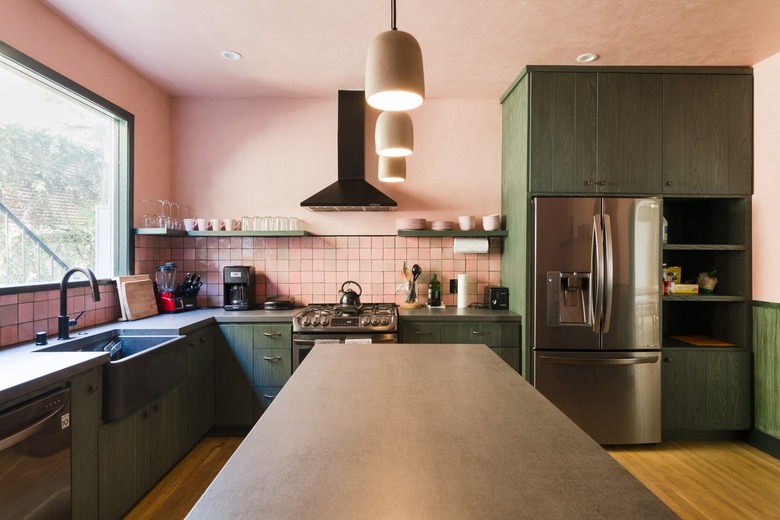
The field of design for natural light is constantly evolving, with new technologies and materials offering unprecedented opportunities.
A. Smart Glass and Electrochromic Windows
Smart glass technology allows you to instantly change the transparency of a window with the touch of a button or a smartphone app. This provides a dynamic way to manage light, glare, and privacy throughout the day. Some advanced systems can even be programmed to automatically adjust based on the time of day or the intensity of the sun.
B. Dynamic Shading Systems
External shading systems are becoming more sophisticated. Automated louvers and blinds can track the sun’s movement and adjust accordingly, providing optimal shade and light at all times. This not only improves comfort but also significantly enhances energy efficiency by reducing solar heat gain.
C. Biophilic Design and Light Simulation
Biophilic design, which integrates nature into architecture, often uses light to mimic natural environments. For spaces without direct access to natural light, designers are using advanced LED systems that can simulate the natural light cycles of the sun, changing in intensity and color temperature throughout the day to support the occupants’ circadian rhythm.
Conclusion
Designing for natural light is a holistic practice that integrates science, psychology, and aesthetics to create spaces that are not only beautiful but also beneficial for our health and well-being. It is a powerful tool that can transform a mundane environment into a vibrant, inviting sanctuary. The principles outlined in this guide, from strategic architectural choices like skylights and window walls to interior design decisions like light-colored surfaces and reflective materials, provide a comprehensive roadmap for maximizing daylight in any setting.
The pursuit of natural light is a commitment to creating a healthier, more productive, and more connected living or working environment. It is about understanding that a room’s brightness is not just about turning on a light switch, but about a deliberate and thoughtful orchestration of the sun’s journey across the sky. By embracing these principles and leveraging modern innovations, we can build spaces that feel more alive, more open, and more in tune with the natural world. In the end, a space that is well-lit by natural light is a space that feels more human, more harmonious, and more truly home. This guide serves as your first step toward that brighter future.

